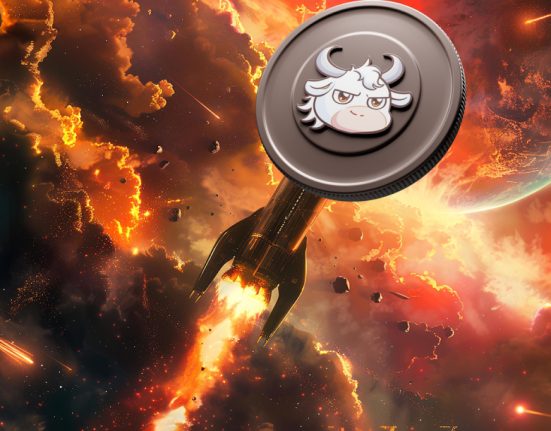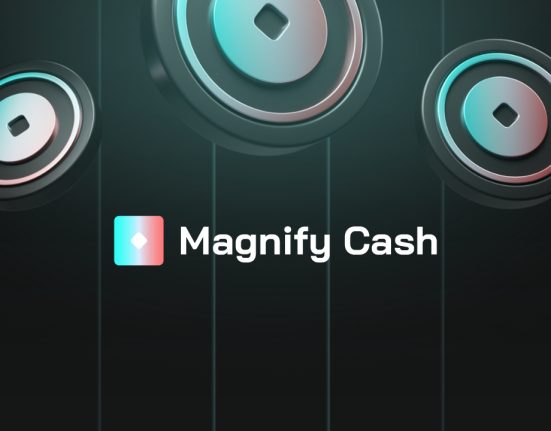A DeFi (Decentralized Finance) platform or cryptocurrency exchange, along with the lender and borrower, are the usual parties involved in crypto lending. Before borrowing any cryptocurrency, the loan taker is typically required to put up some form of security. Flash loans without collateral are another option (more on this below). You might have a platform lending out money from another user or a smart contract minting stablecoins on the opposite side of the loan. Lenders add their cryptocurrency to a pool, which then oversees everything and sends them a portion of the interest.
Flash Loans
You can borrow money with the help of a flash loan without putting up any security. Their name derives from the fact that the loan is provided and paid back all at once. The transaction is canceled before it can be validated in a block if the loan amount and interest cannot be repaid. As a result, the loan was basically never made because it was never verified and added to the chain. No human involvement is required because a smart contract manages the entire procedure.
You must move quickly to make benefit of a flash loan. Once again, smart contracts are relevant for this purpose. You can create a top-level transaction with sub-transactions using smart contract logic. The top-level transaction won’t be processed if any of the sub-transactions fail.
The lender will cancel the loan before it is disbursed if any of these sub-transactions fail to go through. By employing this technique, you can earn from flash loans without putting yourself or any collateral at risk. Typical flash loan options include price arbitrage and collateral swaps. However, since shifting money to another chain would violate the one transaction restriction, you can only spend your flash loan on-chain.
Collateralized loans
A borrower who provides security for a loan is given additional time to use their finances. One example is MakerDAO, where customers can back up their loans with a variety of cryptocurrencies. Due to the volatility of cryptocurrencies, you will probably have a low loan-to-value ratio (LTV), say 50%. According to this number, your loan will only be worth half as much as your collateral. This discrepancy gives the value of the collateral some wiggle room if it declines. The money is sold or given to the lender after your collateral is no longer worth as much as the loan or another specified amount.
You will often receive newly created stablecoins (like DAI) or cryptocurrency that someone has lent when you take out a loan. A smart contract that lenders will put their assets into may also lock up their monies for a specified period of time. You can do whatever you want with the money once you have it. To prevent it from being liquidated, you will need to top off your collateral with the price change.
You can also be subject to fines if your LTV ratio rises too high. The procedure will be controlled by a smart contract, which will make it clear and effective. You will receive your collateral back after paying off your loan and any accrued interest.














